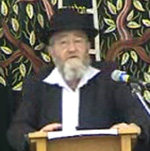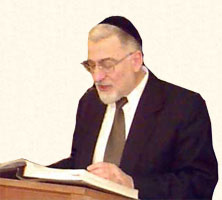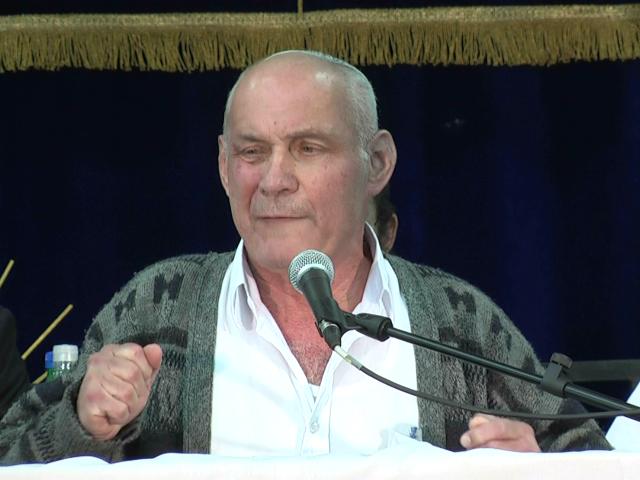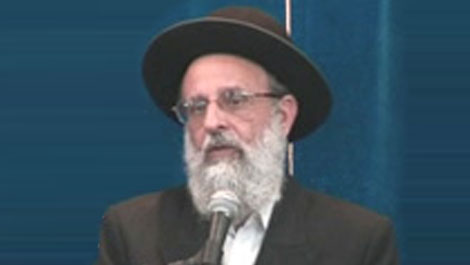Beit Midrash
- Sections
- Chemdat Yamim
- Parashat Hashavua
- Torah Portion and Tanach
- Bereshit
- Vayigash
Rashi (ad loc.) explains the dating based on the gemara in Nazir (5a), which says that this was 40 years after the nation had appealed to Shmuel to appoint a king. The Radak, based on Seder Olam Rabba 14, specifies that this event took place during the 10th out of 11 years of Shmuel’s stint as the leader, which was followed by two years of King Shaul’s independent reign. That leaves 37 (out of a total of 40) years of David’s reign, in order to get to the 40 years that the pasuk says had passed.
The Ralbag suggested other possibilities: 1. The 40 years could have been from the beginning of monarchy in Israel, when Shaul took the throne. 2. It was the beginning of the 40th year of David’s rule. 3. Perhaps Avshalom knew of a prophecy that David would rule only 40 years, and therefore he would soon be able to remove David and take over.
Abarbanel attacks the opinion that it was 40 years from the request of a king, as according to his calculation, it was over 50 years since then. Abarbanel posits that the 40 years was almost 40 years into David’s reign, as he became king at age 30 and served until his death at age 70. So this took place when David was old and weak. He also suggests that it could be referring to Avshalom’s age. Since he was born in Chevron, toward the beginning of David’s reign, he could have been turning 40, which is an age of developing leadership. The Ralbag’s third possibility is difficult, because there is no known source or logic that Avshalom should have been privy to such a prophecy.
According to all of the above explanations, all of the many events that are recorded in Shmuel II, 15-20 occurred in the last couple years of David’s life, which is difficult to picture in the p’sukim. Similarly, it is difficult to assume that all of the many events and stages described in Shaul’s kingdom occurred in 2-3 years.
Therefore, after "asking forgiveness," we suggest that the mention of 40 years is not meant as an exact number of years but as a hint at a significant period of time. In several places, 40 years represents a period of time, whether it is or is not the precise number of years (see Shemot 16:35; Shoftim 3:11; ibid. 5:31; ibid. 8:28; ibid. 13:1; Shmuel I, 4:18; Melachim I, 11:42; Tehillim 95:10). The idea in context is that Avshalom raised the threat of the spiritual end of the era of David. Only David’s return to his proper ways and his exemplary leadership at the time of the rebellion, secured the ability of the dynasty to survive and for proper monarchy to continue. (See more in the upcoming set of sefarim, Tzofnat Shmuel on the Kingdom of David.)

Monotheism in Egypt?! Yes!
Various Rabbis | Tevet 5768

Parashat Hashavua: From Paroh to Hamas and Iran – In Those Days at this Time
Rabbi Yossef Carmel | Kislev 5786

Parashat Hashavua: 137 and the Power of Uncertainty
Rabbi Yossef Carmel | Cheshvan 5786























